
With the depreciation of fossil fuels, new means of converting energy to locomotion are on the rise. Be it hydrogen fuel cells or electric batteries, the share of modern cars using alternate means to propel themselves forward is rising. Electric cars and vehicles in particular are seeing an expansion of the infrastructure to support them. EV charging points are becoming more common and the days of worrying about being able to find a place to charge an electric car are a thing of the past. In 2021, how much it cost to charge an electric car became a more pressing concern than where to find an electric car charger in the first place.
Different types of chargers
There are multiple ways to break down types of EV charging: according to the equipment used, the charging rate of the device, the type of current used, and whether the device is public or private.
Electric car charging equipment
Devices for powering EVs come in different forms, but the car industry has generally defined charging equipment as the following:
Socket outlet – This is the interface in the charging device for inserting the cable.
Plug – This is the car charger plug that connects the cable to the device’s socket outlet.
Cable – The cable that transfers electric currents from the device to the vehicle.
Connector – The part that connects the cable to the vehicle inlet and thus the vehicle.
Vehicle inlet – The charging socket for electric cars that accepts the connector from the cable.
In order to ensure that a vehicle can be charged, it needs a plug that fits the socket outlets of the devices in the area where it is driven. Consequently, there have been efforts to standardise plugs across the world. There are three main types of car charger plugs currently in use:
Type 2 connectors – The Type 2 (also known as EU type, mennekes, or IEC 62196) is the standard plug in Central and Western Europe, parts of South America, the Arabian Peninsula, South Africa, and Australia and New Zealand.
SAE J3068 AC6 connectors – These are mechanically identical to Type 2 connectors. The differences lie mainly in what types of currents and voltages the devices are laid out for. This type has been adopted in All of North and Central America, including the Caribbean, as well as South Korea.
GB/T 20234.2 connectors – These connectors are incompatible with the other two types. Unlike the other two, the GB/T uses a female vehicle inlet and male connector. This variant is used exclusively in China.
Charging rate
This metric is important when choosing where to power your electric car, since it determines how long it takes to charge the electric vehicle. The charging rate primarily depends on the device providing electricity to the vehicle, but at higher rates, the car’s capacity to accept a current becomes the bottleneck. Overall, you can sort these devices into four general categories:
Electric mains – Electric cars generally come with a plug that can be attached to the electric mains to top up the vehicle from there. The charging rate is around 2 kW and can take more than a day to fully charge most vehicles from a flat battery. Manufacturers of electric vehicles recommend using it only in emergencies.
Slow chargers – If you’ve ever wondered how to charge your electric car at home, slow chargers with a rate of 3 kW are becoming a common fixture in households with an electric vehicle to call their own. This allows for hooking up an electric vehicle overnight while it isn’t being used. The lengthy time it takes to fill the battery capacity of the vehicle is rendered moot.
Fast chargers – Publicly accessible stations are generally of the fast charger variety, with speeds starting at 7 kW. Fast chargers cut the time down considerably compared to slow variants, making them more suitable for topping up vehicles on the road.
Rapid chargers – The latest in technology in the field, these can outstrip the capacity to accept a charge of even modern models of electric vehicles. The rate is typically between 120 to 350 kW. Rapid chargers are unheard of for private homes and usually only found in select locations.
Current
There are two types of current, alternating (AC) and direct (DC). Most vehicles use DC, but some models (such as the Renault Zoe) use AC for charging the EV instead. Typically, an electric car requires DC energy since the batteries store it in that fashion, then release it to a transformer that converts it to AC for the motor to use.
Other things to consider
There is one more variable to keep in mind when acquiring EV charging equipment: cable length. While it is true that longer cables suffer from a loss of power due to the rising resistance, electric car power cables do not reach lengths where this would be a concern. At lengths between 4 and 10 metres, the consideration of what size cable you should use for an electric car charger in the UK is determined by the factors of utility and price. Shorter cables constrict the distance the electric car can be parked from a charge point considerably. Meanwhile, longer ones cost more, weigh more, and take up more space. If you can afford to, you should generally opt for longer cables. Naturally, the kind of cable you buy should match the electric car charging sockets you are likely to encounter.



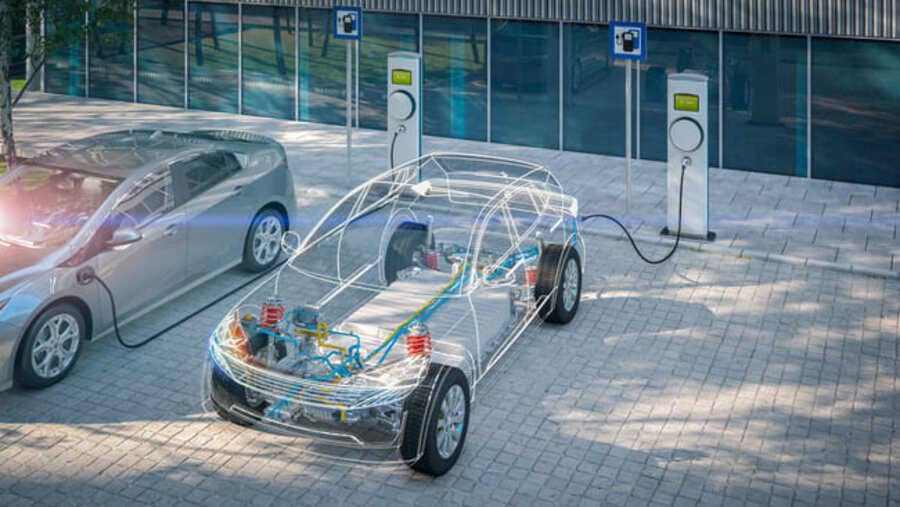
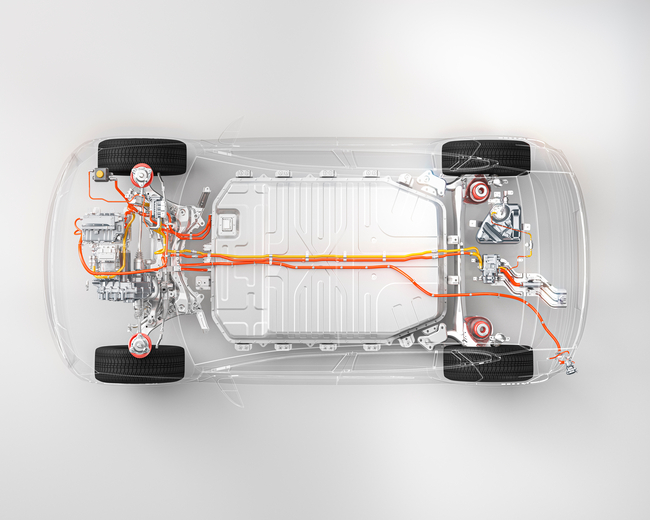
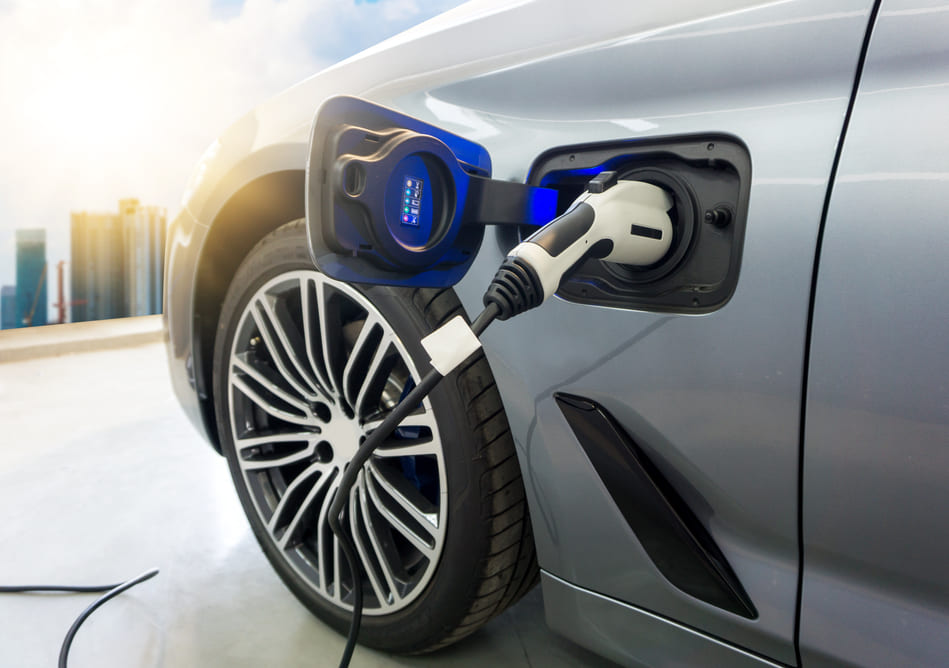
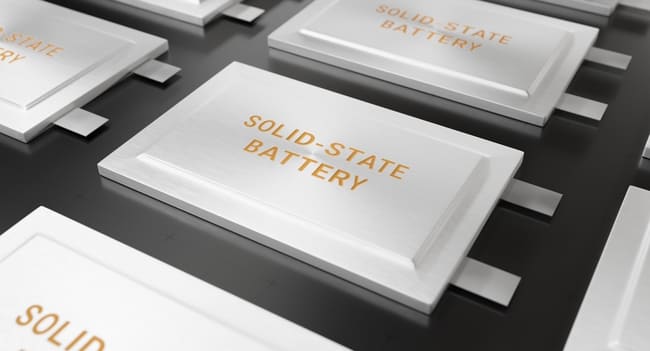
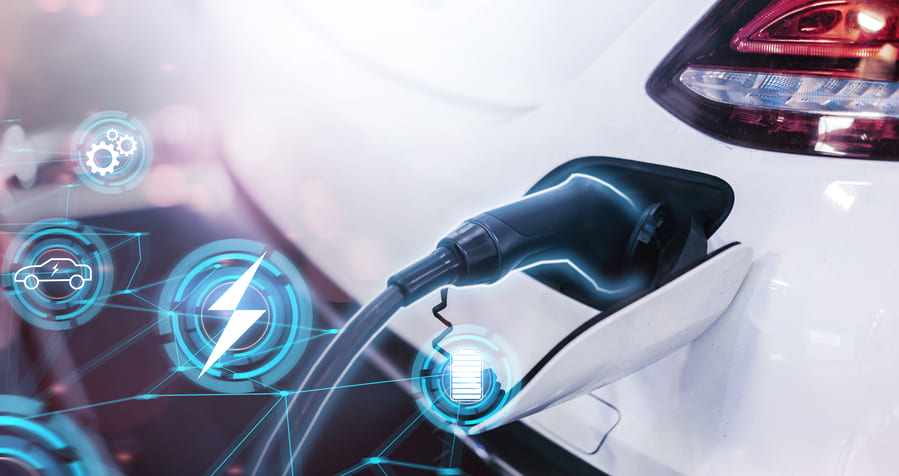
Comment